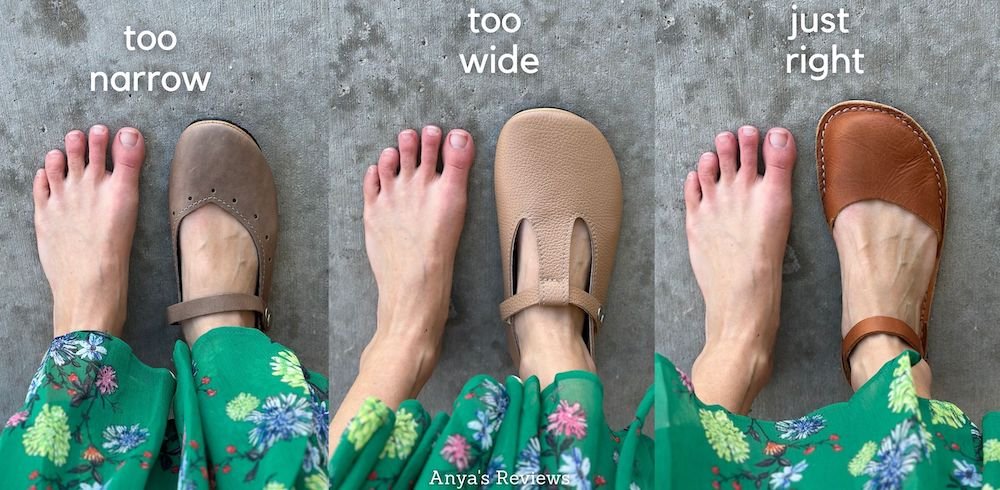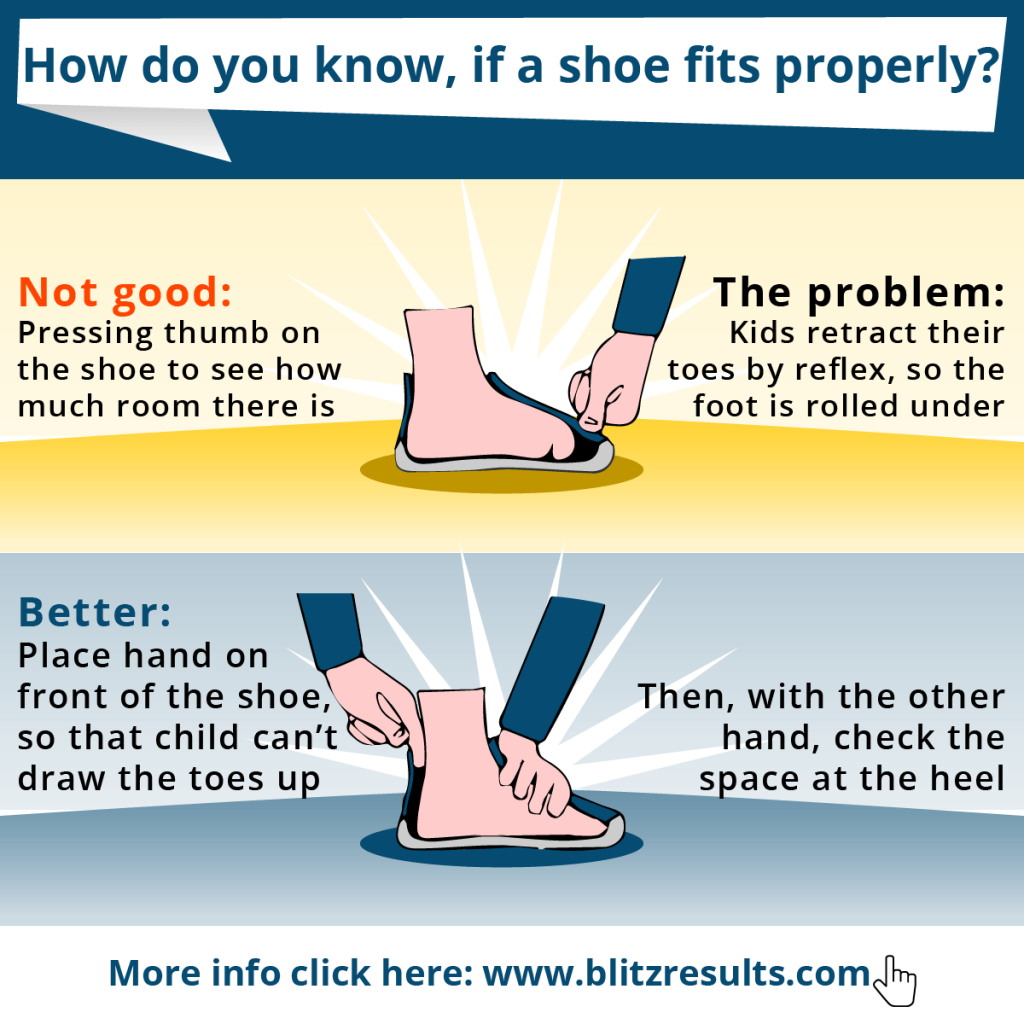Finding the perfect pair of shoes can be daunting. More often than not, we end up with shoes that look great but feel uncomfortable. If you’ve ever questioned whether your shoes are the right size, don’t worry; you’re not alone! This article will help you identify the signs of shoes that are too small and provide tips on how to make your footwear experience more enjoyable.
Understanding Foot Size and Shoe Fit
Every foot is unique, and as we age, our feet can change in size and shape due to various factors like weight gain, pregnancy, or even just natural aging. Understanding your foot size is the first step to finding the perfect fit. In this section, we will explore how shoe sizes work, common shoe sizing systems, and why it’s essential to measure your feet regularly.
The Importance of Accurate Sizing
The shoe industry uses different sizing systems depending on the region. For example, the U.S. uses the Brannock system, which measures length and width in inches. It’s essential to have your feet measured each time you buy shoes. It’s not uncommon for your shoe size to change over time; in fact, studies show that nearly 70% of people are wearing the wrong shoe size. American Academy of Family Physicians provides further insights into this.

How to Measure Your Feet
- Stand on a piece of paper with your heel against a wall.
- Mark the longest part of your foot.
- Measure the distance from the edge of the paper to the mark.
- Repeat this process for both feet, as one foot may be larger than the other.

Once you have your measurements, you can refer to a sizing chart to determine your size. However, always remember that the fit may vary by brand.
Signs Your Shoes May Be Too Small

Wearing shoes that are too small can lead to various issues, from blisters to long-term foot problems. But how do you know if your shoes are causing you discomfort? Here are some telltale signs.
1. Foot Pain

If you experience pain in your toes, arches, or heels, your shoes might be too small. Pain can manifest as sharp stabbing feelings or a dull ache. For instance, Sarah, a nurse, noticed persistent toe pain after switching to a new pair of clogs that were supposedly her size. After a visit to a podiatrist, she discovered her shoes were compressing her toes excessively.
2. Blisters and Corns

Blisters occur when shoes rub against your skin, and corns can form due to pressure. If you find yourself frequently getting blisters, it’s a strong indicator that your shoes may be too snug.
3. Numbness

Feeling numbness in your toes after wearing your shoes can be a sign that there isn’t enough room for your feet. This brings us to Jack’s story, who always loved stylish shoes but often ended up feeling tingling in his toes. A quick size check revealed that he was wearing a full size too small!
4. Difficulty Walking

Struggling to walk comfortably can signal that your shoes are too small. If you find yourself limping or altering your stride, take a closer look at your footwear.
5. Visible Signs of Distress

Check the shoes for signs of stretching or distortion. If the leather looks creased or if the seams are stretched, it may signify that your shoes are too small.
Real-World Experiences: Case Studies
Understanding how others have navigated the challenges of poorly fitting shoes can offer valuable insights. Here are a few real-world case studies.
Case Study 1: Emily’s Running Journey
Emily, an avid runner, realized that her performance was suffering due to the tightness of her running shoes. After consulting a professional, she learned that she required not only a size up but a wide fitting as well. Since changing shoes, she reported improved comfort and performance.
Case Study 2: Michael’s Professional Shoes
Michael, a corporate professional, often wore dress shoes that “looked good” but felt awful. After multiple visits to a foot specialist, he discovered he had been wearing shoes that were a half size too small. Switching brands allowed him to find a more comfortable fit, making his day-to-day work life significantly more enjoyable.
Tips for Finding the Right Shoe Size
Here are some tips to ensure you find the right size and fit for your shoes:
1. Shop Later in the Day
Your feet tend to swell throughout the day. Shopping in the evening can give you a better sense of your true size.
2. Try Shoes With Appropriate Socks
If you plan on wearing specific socks with your shoes (like athletic socks), try them on when measuring. This small detail can make a significant difference in fit.
3. Walk Around
Always take a few laps in the store. Make sure to walk on various surfaces if possible, as this will give you a better feel for how the shoes perform.
4. Consider the Brand’s Sizing Differences
Different brands have different sizing, so always check their specific sizing charts. You might be a size 8 in one brand and a size 9 in another.
5. Look for Return Policies
If you’re shopping online, ensure that the retailer has a good return policy in case the shoes don’t fit as expected.
Comparison Table of Different Shoe Brands
| Brand | Typical Size | Width Options | Style Variety |
|---|---|---|---|
| Nike | True to Size | Standard, Wide | Sneakers, Sandals |
| Adidas | Half Size Up | Standard | Sneakers, Casual |
| Dr. Martens | Very True to Size | Standard, Wide | Boots, Casual |
| New Balance | True to Size | Standard, Wide, Extra Wide | Sneakers, Casual |
Pros and Cons of Buying Shoes Online vs. In-Store
Buying Shoes Online
- Pros: Wider selection, often better prices, convenient shopping.
- Cons: Sizing can be inconsistent, potential hassle with returns.
Buying Shoes In-Store
- Pros: Immediate fit testing, can try on different sizes and styles.
- Cons: Limited selection, potentially higher prices.
Preventing Foot Problems Related to Shoe Sizing
Shoes that are too small can lead to a myriad of problems—including bunions, hammertoe, and other foot issues. Here are some preventive measures:
1. Choose Quality Over Quantity
Invest in well-made shoes that offer proper support. Quality footwear can make a significant difference in your foot health.
2. Rotate Your Shoes
Wearing the same pair of shoes every day can put unnecessary pressure on your feet. Rotating between different pairs can help relieve stress and allow your shoes to air out.
3. Consult a Professional
If you continue to experience foot pain or discomfort, it may be time to consult with a podiatrist or foot specialist. They can provide tailored advice and treatment options.
FAQs About Shoe Sizing
1. How do I know if my shoes are the right size?
Check for about a thumb’s width of space between your longest toe and the end of the shoe. You should also ensure your foot doesn’t slide around inside the shoe.
2. Why do shoe sizes differ between brands?
Each brand has its own sizing standards, which can lead to variations in fit. Always refer to the brand-specific sizing chart during purchase.
3. Can shoes stretch over time?
Yes, most materials will stretch with wear. However, this is not always a solution if your shoes are already too small.
4. Is it okay to wear shoes a little snug?
While some snugness is acceptable, your shoes should never feel painful or restrictive. Always prioritize comfort.
5. How can I stretch my shoes if they are too small?
There are professional shoe stretching services, or you can try wearing thick socks while using a hairdryer to gently heat the shoe material, allowing it to stretch.
6. Should I buy shoes based on the size I wore in high school?
Your foot size can change over the years due to various factors, so it’s essential to measure your feet each time you shop for shoes.
7. What are the risks of wearing shoes too small for a long time?
Wearing shoes that are too small can lead to chronic foot pain, blisters, calluses, and more severe conditions like bunions or hammertoes.
8. How often should I measure my feet?
It’s a good idea to measure your feet every six months, especially if you notice any changes in comfort or pain.
9. Are wide shoes necessarily better for everyone with wider feet?
Not necessarily. While wide shoes provide additional room, ensure that the overall fit and support meet your specific foot needs.
10. Why do my shoes fit differently at the end of the day?
Your feet can swell during the day, leading to a different fit. It’s best to try on shoes later in the day for a more accurate size.
11. What should I do if I have to choose between two different sizes?
If you’re in between sizes, always opt for the larger size; it’s easier to use insoles or thicker socks for a loose fit than to deal with tight, uncomfortable shoes.
Conclusion
Finding the right shoe size is crucial for comfort, health, and overall quality of life. Recognizing the signs of shoes that are too small can save you from discomfort and foot problems down the line. Whether you’re shopping in-store or online, it’s essential to measure your feet accurately, consider the signs of a poor fit, and take action if you find yourself in shoes that just don’t fit right. Happy shoe shopping!